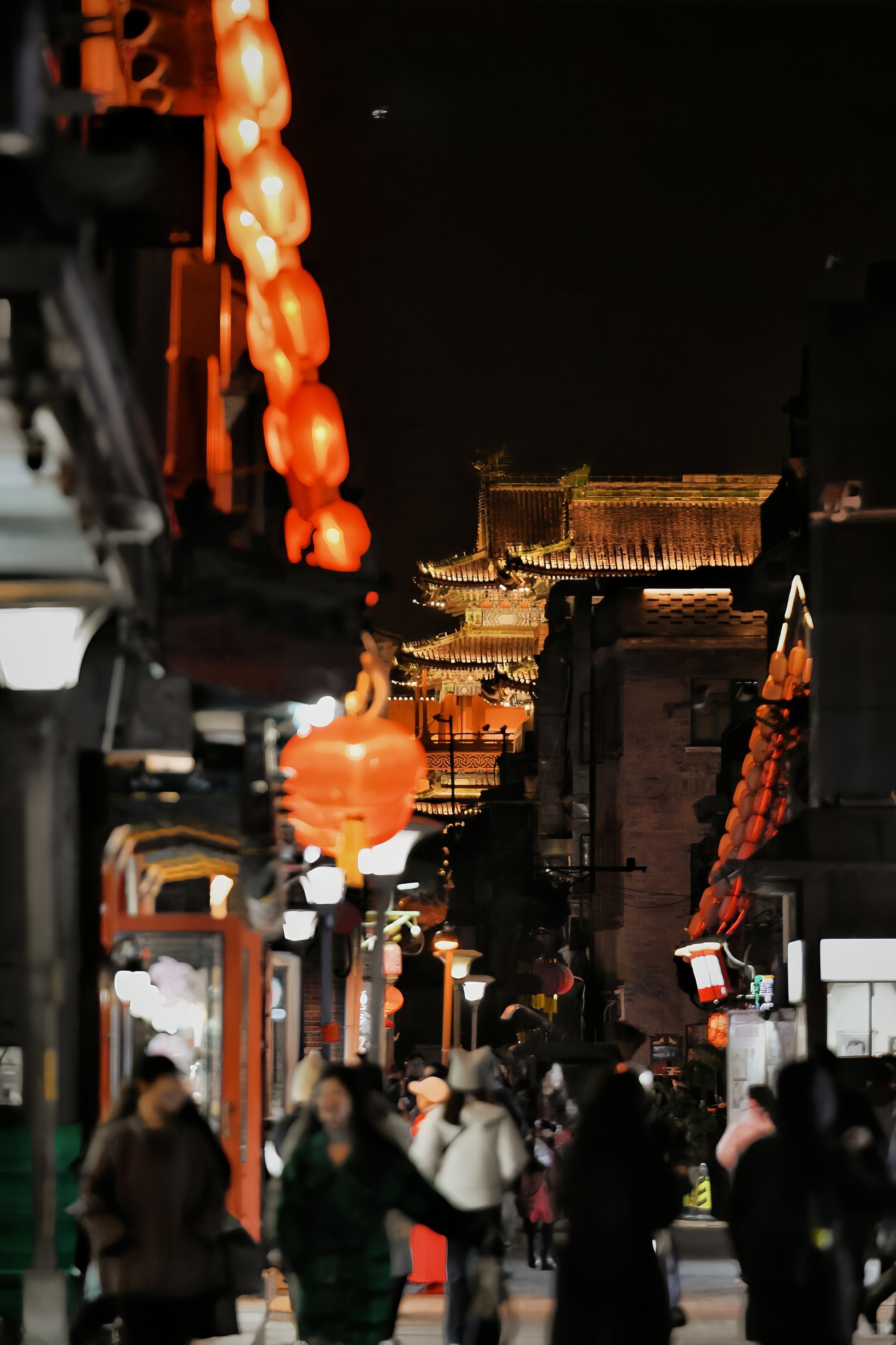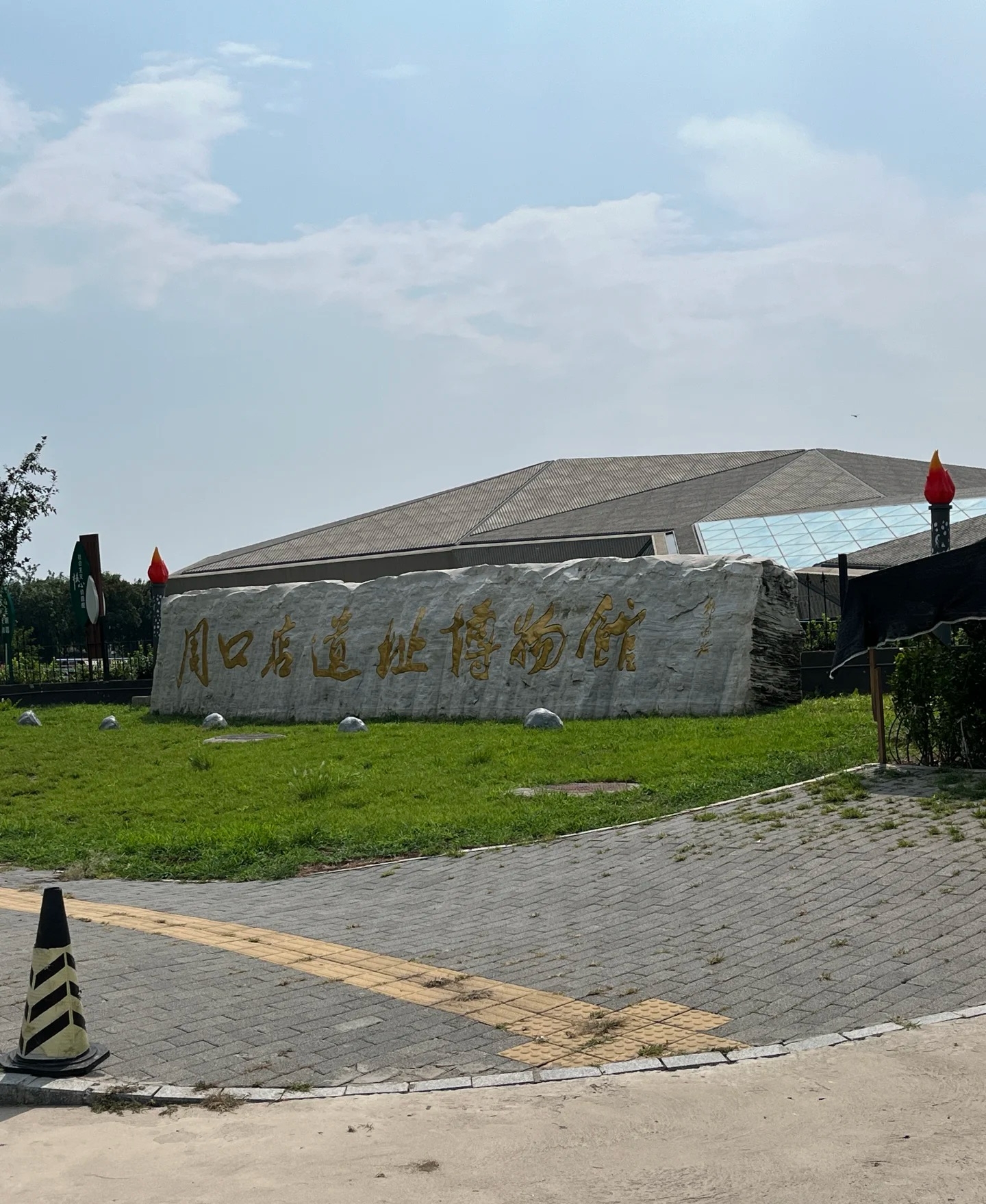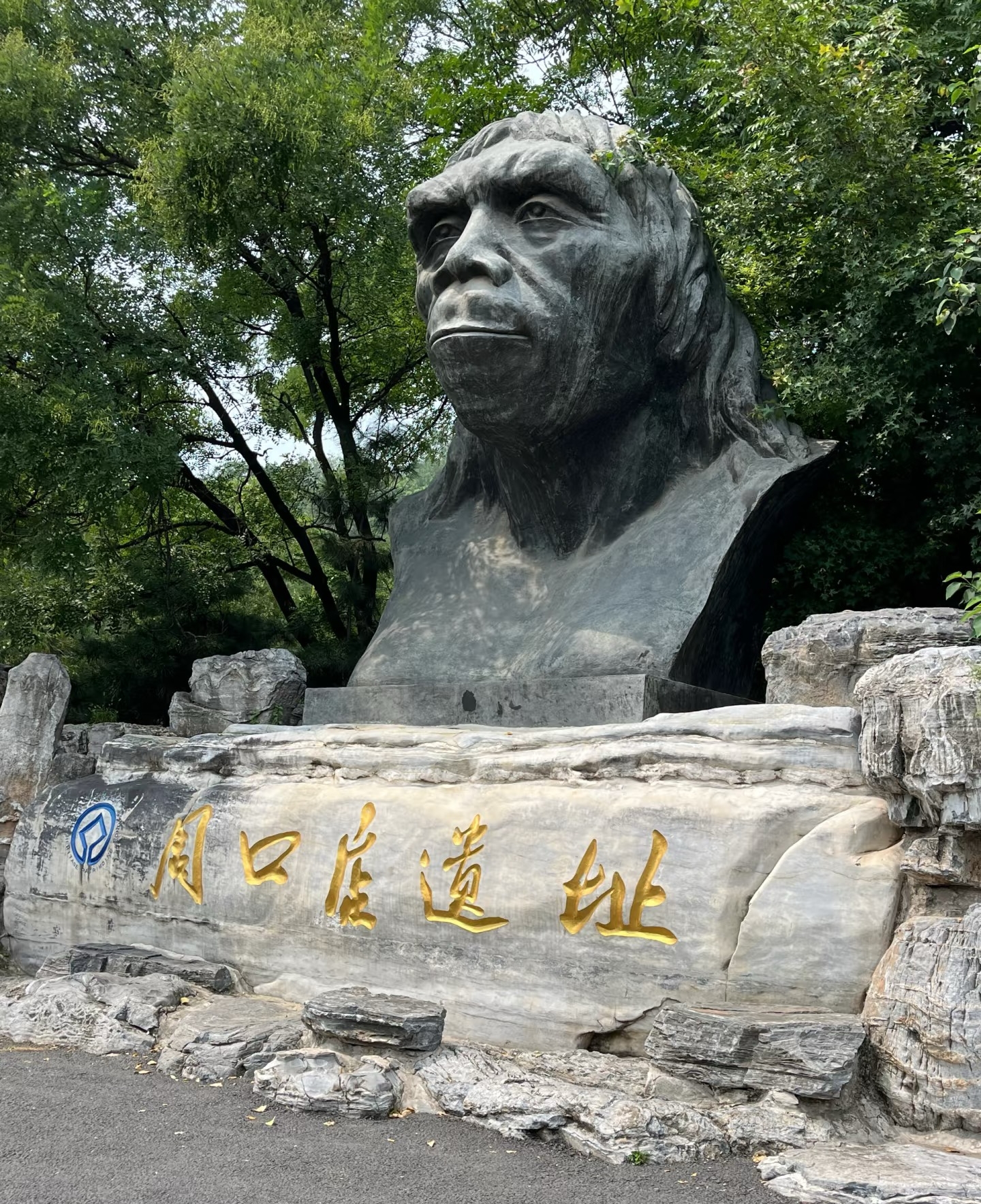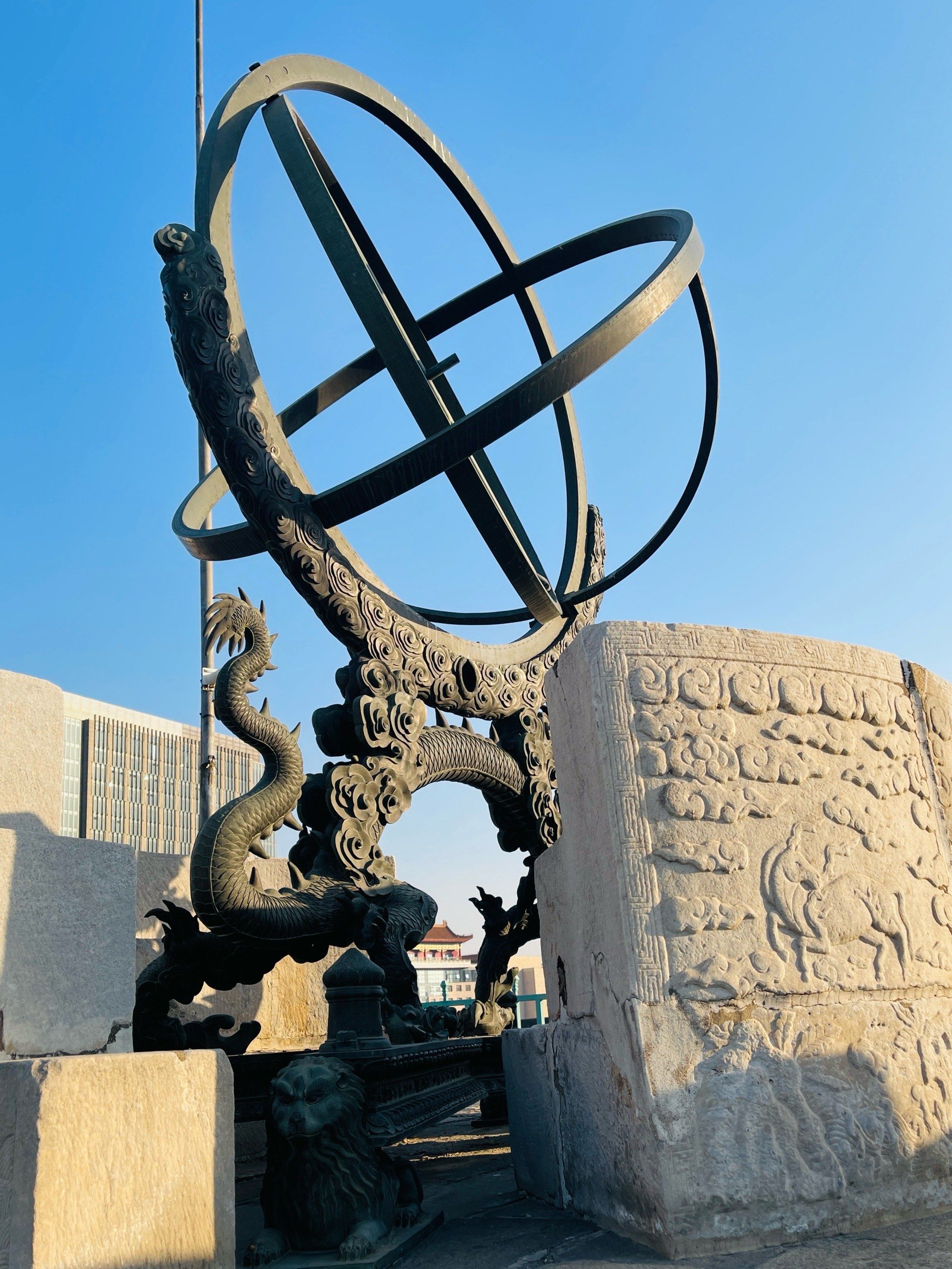

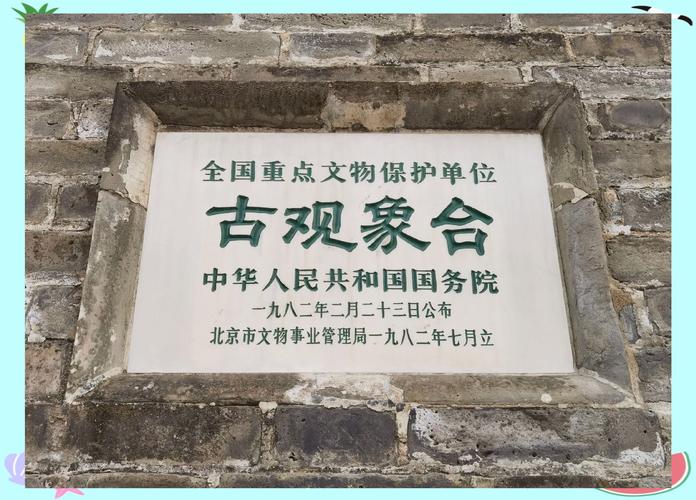
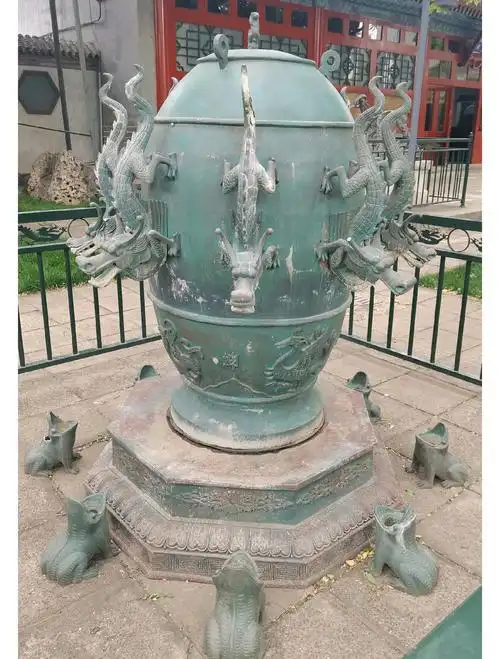
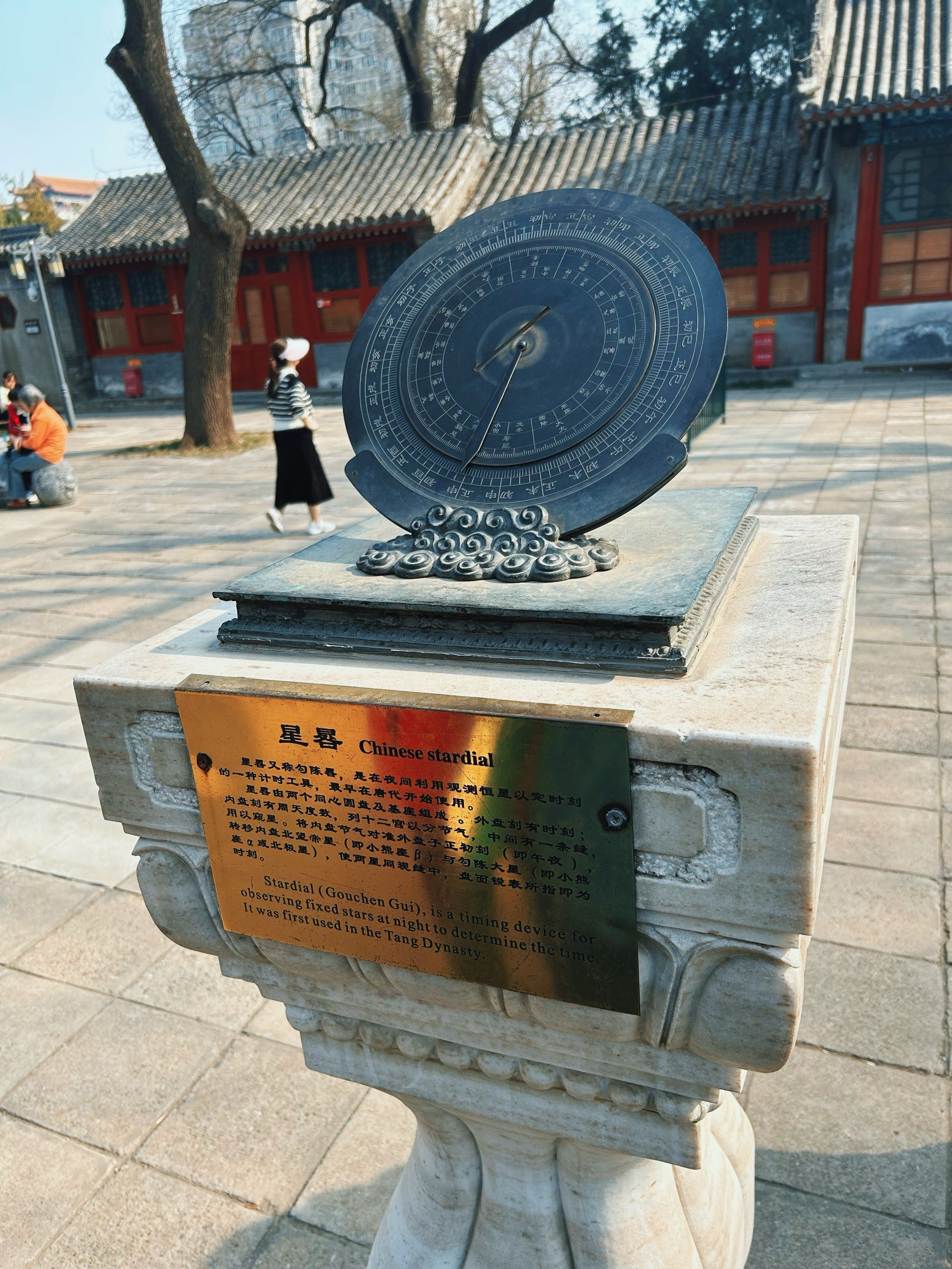
Beijing Ancient Observatory
One of the oldest observatories in the world, located in the heart of Beijing.
Information
Ticket price
Time
Location
2 Jianguomen Inner St, Dongcheng District, Beijing, China
View maps
More about the trip
Beijing Ancient Observatory: A Glimpse into Imperial Astronomy
The Beijing Ancient Observatory is one of the oldest and best-preserved observatories in the world, dating back to the Ming Dynasty. Located in the heart of Beijing, this historical site offers a fascinating insight into ancient Chinese astronomical achievements and the instruments used to chart the cosmos.
What to See and Do
Astronomical Instruments: The observatory's rooftop is adorned with several large, ornate bronze astronomical instruments, including an armillary sphere, an equatorial armillary, and a celestial globe. These instruments, some designed by Jesuit missionaries in the 17th and 18th centuries, showcase a blend of Chinese and Western astronomical knowledge.
Exhibition Halls: Inside the observatory, various exhibition halls display smaller instruments, historical documents, and models that explain the principles of ancient Chinese astronomy, the history of the observatory, and the contributions of astronomers throughout different dynasties.
Historical Significance: Learn about the observatory's role in imperial China, where astronomical observations were crucial for calendrical calculations, agricultural planning, and even legitimizing imperial rule.
Architectural Style: The observatory building itself is a historical structure, reflecting the architectural styles of the Ming and Qing dynasties.
Best Time to Visit
The observatory is an indoor and outdoor attraction, making it suitable for visits year-round. Spring and autumn offer the most comfortable weather for exploring the outdoor instruments. Weekdays are generally less crowded.
How to Get There
The Beijing Ancient Observatory is conveniently located near Jianguomen. You can take Metro Line 1 or 2 to Jianguomen Station (Exit C) and walk for about 5-10 minutes.
Travel Tips
Guided tours: Consider joining a guided tour or using an audio guide to fully understand the complex instruments and their historical context.
Photography: The bronze instruments on the rooftop offer excellent photo opportunities, especially against the backdrop of the modern city skyline.

